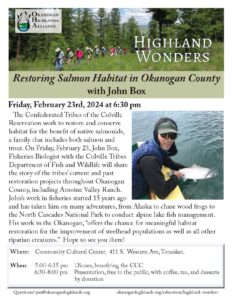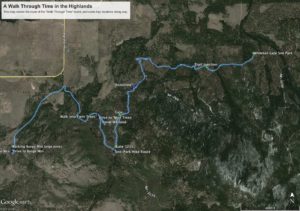Podcast! Wild Mushrooms of the Okanogan S2:E1
with Helen Lau, botanist with the US Forest Service
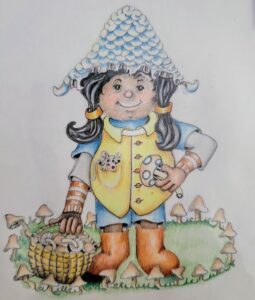
Okanogan Highlands Alliance (OHA) is thrilled to announce the start of season 2 of the Highland Wonders Podcast: an opportunity to learn about the natural history of the Okanogan from the comfort of your home, car or skis! Over the course of this winter, monthly episodes will focus on the life that makes the Okanogan such a unique and beautiful place, starting with the Wild Mushrooms of the Okanogan! You can find episodes here, or wherever you normally get your podcasts.
Each episode will be accompanied by a nature detective story, where a younger audience can follow along as Anna, Nature Detective, uses her imagination and explores the podcast’s subject.
The stories and podcasts will be posted to the OHA website (okanoganhighlands.org) and on the following podcast apps: Spotify, Apple Podcasts, Breaker, Castbox, Google Podcasts, Overcast, Pocket Casts and RadioPublic. Please read, listen (rate the podcast on your favorite app) and enjoy!
Anna, Nature Detective
Season 2, Episode 1: Wild Mushrooms of the Okanogan
Last year, Jack the Nature Detective took us along on his adventures in the Okanogan Highlands, as he explored with his family and learned all about local wildlife, from grouse to bats to owls to bighorn sheep to common loons. This year, Jack is off to kindergarten, and in a solemn ceremony that took place at the end of August, Jack presented his cousin, Anna, with her very own Nature Detective tools and an official badge. Let’s get to know Anna!
Anna is a different kind of Nature Detective than Jack. Where Jack is cautious and careful, Anna is daring and precocious, where Jack is quiet and observant, Anna spends half her time singing and the other half chatting. Where Jack is particular about calling things by their proper name, Anna makes up her own names for her discoveries. She LOVES animals, and she is the kid who can catch the cat that no one else can. She loves exploring things close up, touching them, peering at them through her Nature Detective hand lens. Sometimes, things that can’t run away suit Anna’s detective style best, and so, this month, Anna finds herself exploring the mushroom world!
“Hey mom, what are these slimy things?” Anna hollers from the back yard.
“Ohhhh noooo, not again!” her mom remembers back to the week before when Anna brought two heaping handfuls of deer droppings into the kitchen. She runs outside to find Anna poking at a perfect circle of mushrooms growing in the backyard. “Oh, how pretty!” Anna’s mom says “I think that’s called a fairy ring.”
Anna gasps, “a fairy ring? Made by fairies? Let’s check it out!” She pulls out her hand lens and looks at the top of one mushroom. It’s smooth, brown and slippery. She looks at the stem, tan and shaggy. Then she looks at the underside of the mushroom top. “Wow! What are those stripey things?” Anna and her mom look carefully at the mushroom, and then Anna draws what she sees in her notebook. Later on, they look in a book and find that the top of the mushroom is called the cap, the stem is called the stem, and the stripes underneath the cap are called gills.
“So… mushrooms have gills… like fish. And a cap, like an umbrella. And I don’t know why, but they grow in a circle like a fairy would make. I’ll call this a Fairy Gillyhat!” Anna says. Anna and her mom go and wash their hands, because, as their book told them, some mushrooms can be poisonous. From that day on, Anna finds mushrooms all over the place – growing on tree trunks, in the grass, on logs in the forest, everywhere! But why are they everywhere? And why are some poisonous, but some you can eat? What do mushrooms eat? Anna has lots of questions, and luckily for her, Helen Lau, of the US Forest Service has lots of answers in the latest episode of the Highland Wonders Podcast!
Learn all about Wild Mushrooms of the Okanogan (and catch any Season 1 episodes that you may have missed) at: okanoganhighlands.org/education/highland-wonders/ or on Apple Podcasts, Google Podcasts, Spotify, or wherever you find your podcasts.
Season 2 of the Highland Wonders Podcast is supported by Humanities Washington and the National Endowment for the Humanities.
The Beaver Believers: a feature documentary
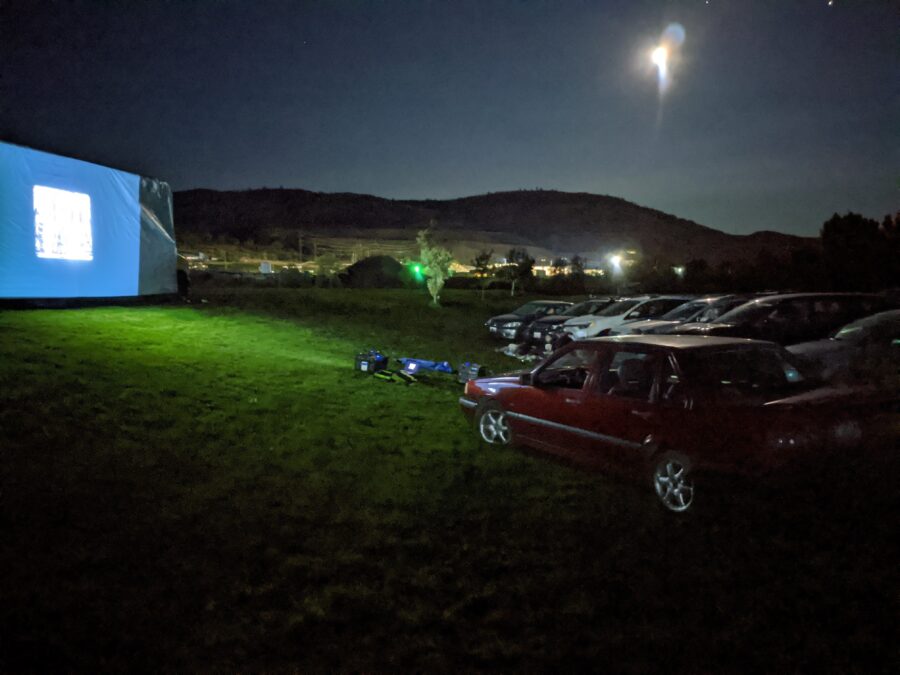
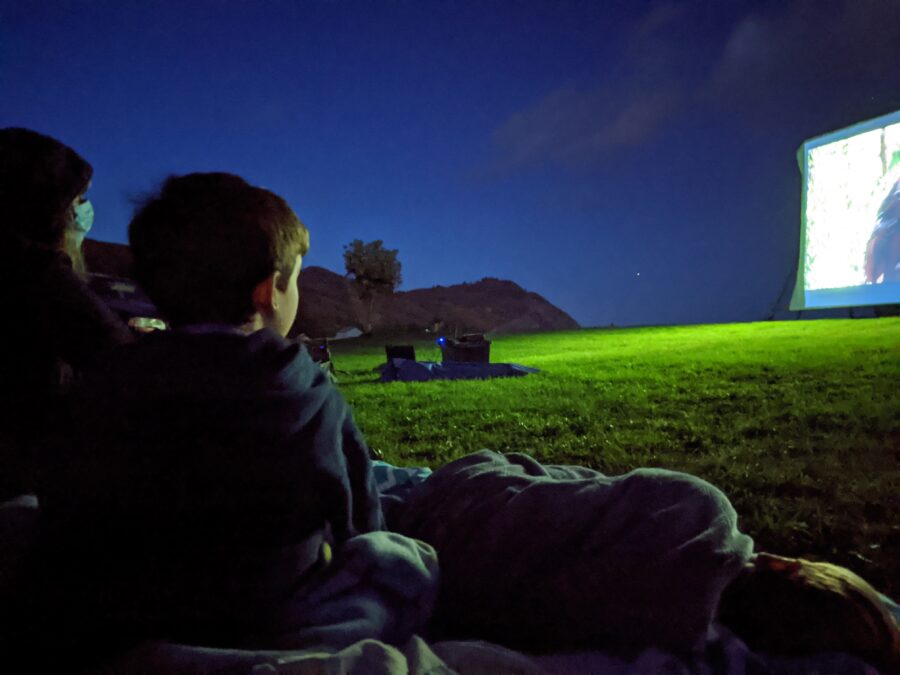
On Friday, September 25, OHA held a special edition of Highland Wonders – a drive-in movie screening of The Beaver Believers, a feature documentary. It was a clear, cool autumn evening with the moon hanging in the sky, and we were able to gather (while maintaining social distancing precautions) to watch this inspiring film. If you missed it, reach out to director Sarah Koenigsberg through her website, https://www.thebeaverbelievers.com/ to find out how you can see this fantastic film. You too, can be a beaver believer!
Chew on This
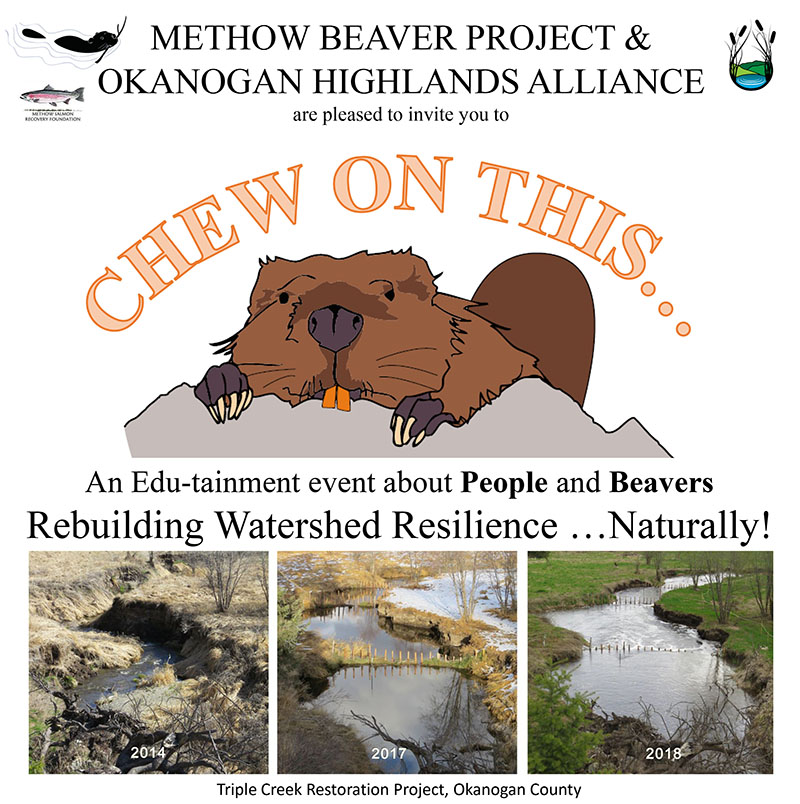
January 31st at the Merc Playhouse, 7pm
101 S. Glover St, Twisp, WA
An Edu-tainment event about People and Beavers Rebuilding Watershed Resilience …Naturally!
METHOW BEAVER PROJECT & OKANOGAN HIGHLANDS ALLIANCE
are pleased to invite you to join special guests Julie Vanderwal, Ken Bevis, Sandy Vaughn & Sarah Koenigsberg for an evening of music, engagement, joy & learning about people & beavers teaming up for watershed restoration!
For more info www.methowbeaverproject.org
General Admission – Suggested Donation $10
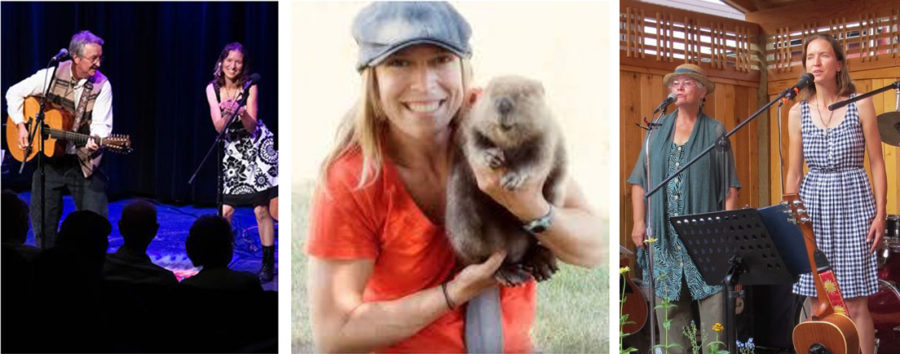
Why Floodplains Matter
and what we are doing locally to restore them
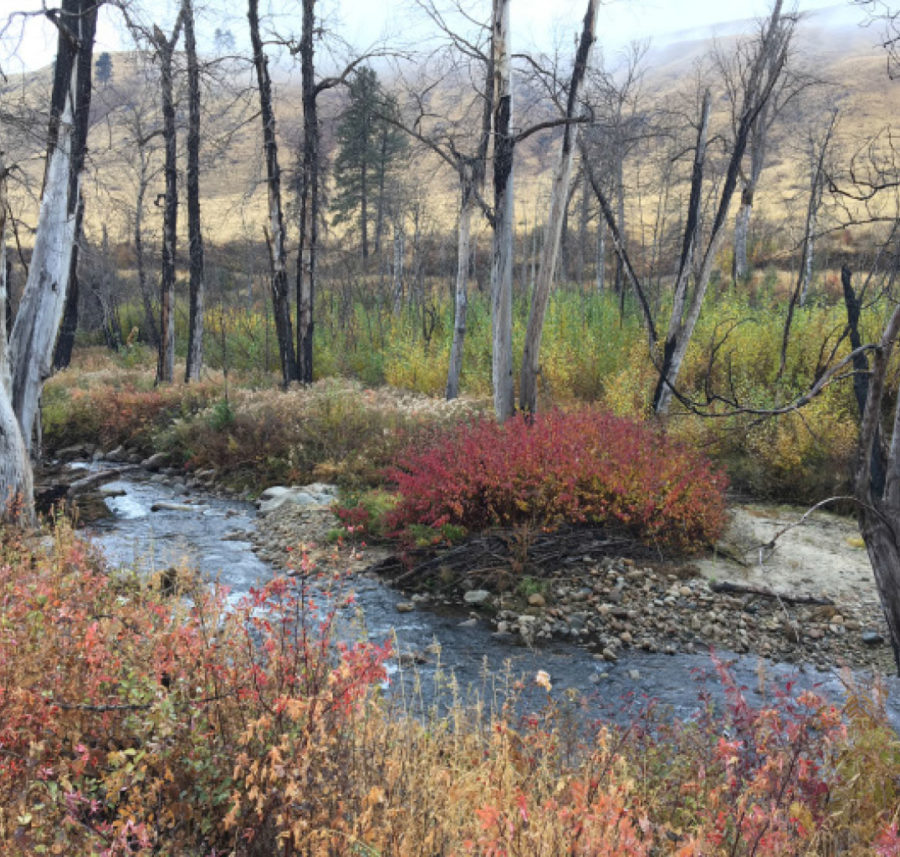
On Friday, November 1, John Crandall shared “Why Floodplains Matter and what we are doing locally to restore them,” with a crowd of 70 at the Community Cultural Center of Tonasket. For decades, floodplains and wetlands were viewed as “wasted” space and they have been diked, filled, drained, mined, and otherwise altered to make room for increased human activity. These activities disconnect floodplains from adjacent streams, degrading habitat and leaving wildlife, fish, and water to deteriorate. Why do these floodplains matter — what services do they provide, not only for fish and wildlife, but for humans too? What can we do to bring them back into a healthy condition? John Crandall returned to the Highland Wonders series to help answer these questions and to share about a variety of projects happening in Okanogan County that are aimed at restoring floodplain processes and making our aquatic ecosystems healthier — from the quality and quantity of our water to the abundance of our fish and wildlife.
John shared videos and photos depicting the ways that floodplains interact with their waterways, and how spring flooding depends on the shape and structure of the surrounding landscape. Floodplains are crucial to the lifecycle of many fish, who time the hatching of their young to coincide with spring floods because of the protection, food, and downstream push that floodplains and high water provide to young fish. In many areas, human activity (such as road building) has disrupted or changed the structure of the floodplains, reducing their size and cutting fish off from their traditional rearing grounds and/or travel corridors. Projects throughout Okanogan County are working to restore floodplain functionality, to reconnect streams and rivers with their floodplains and provide ways for fish to access flooded areas.
Era of Megafires
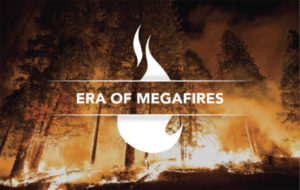
Things seem to be changing in the West – snowpack levels are lower than they used to be, and the snowpack melts earlier in spring. Fire seasons are longer and more severe. Megafires, wildfires over 100,000 acres, now occur more often, causing wide-ranging impact on homes, communities, and wildlands. These changes are expected to continue, and we need to increase the fire resiliency of our wildlands, while also completing defensible space work around homes and communities.
One Stick at a Time: Climate Vulnerability & Forest Management in the West
Film Screening & Discussion
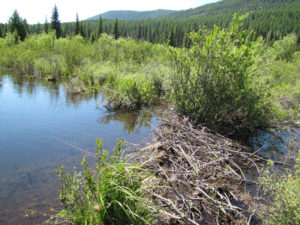
For the last year, Kent Woodruff, a retired US Forest Service biologist from Winthrop, has been engaging people across the west in discussions about what we can do to soften the impacts of climate change. As our already dry landscape and water resources become impacted by climate change, this topic will be increasingly relevant to our ecological and human communities.
Walk through Time in the Highlands
Ecology & Evolution at Our Feet
Life has been on an immense journey through time, and it turns out that much of the evidence for that journey is all around us in the natural world. On this short hike we will look for the evidence that the plants, animals and even the rocks have changed over time, creating ever more complex ecological relationships and ever richer ecosystems. This walk offered a condensed version of a 5-day program on this subject that Dana taught last summer in the Methow Valley.
Dana Visalli, botanist and editor of “The Methow Naturalist,” led a guided hike along a hidden canyon connecting the Burge Mountain road and the Highlands Nordic Sno-Park near Havillah.
